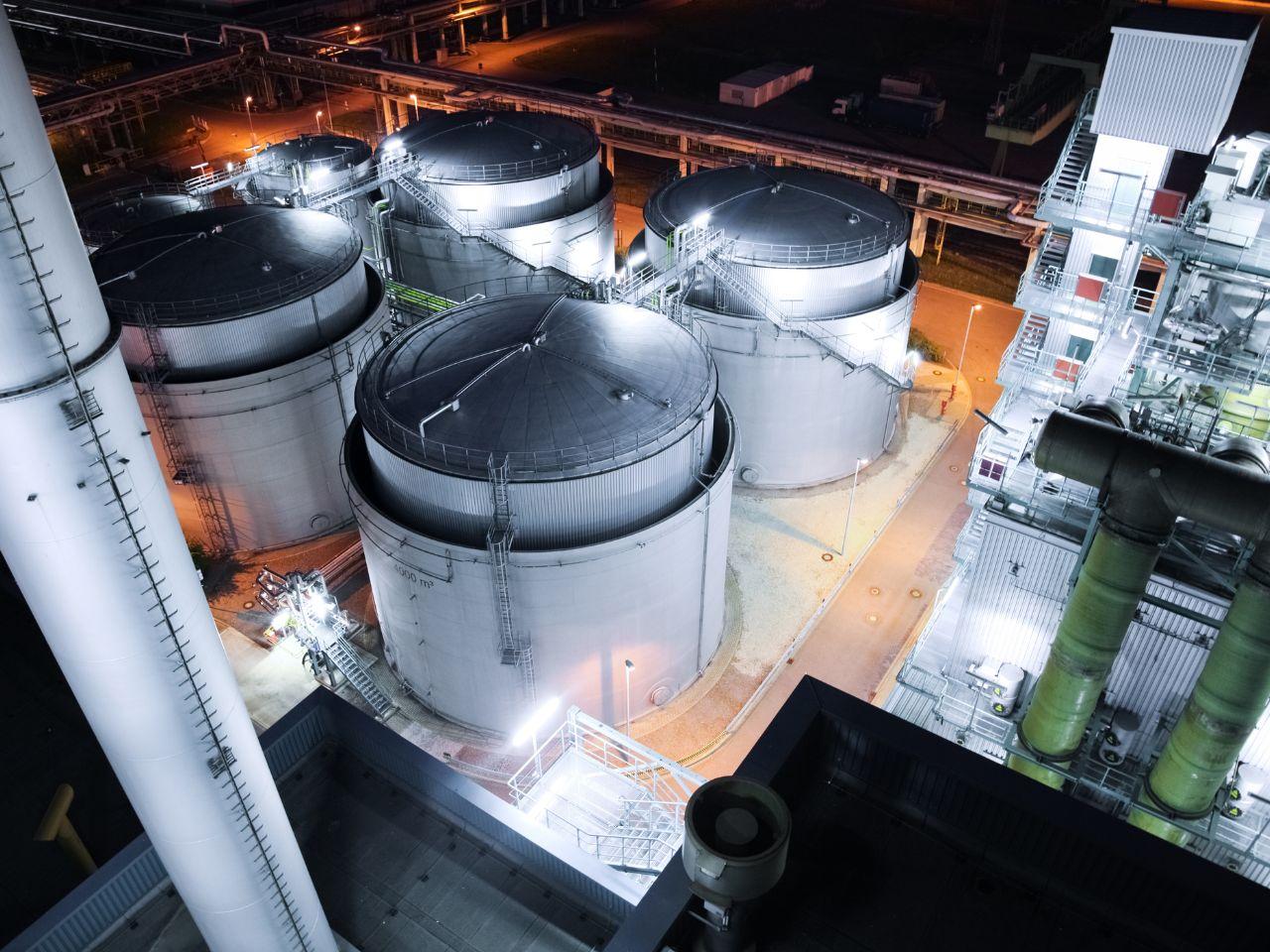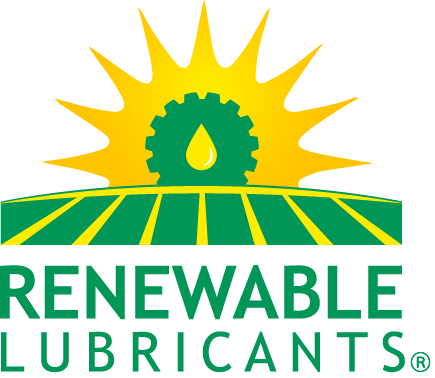
Base Oil Groups: Manufacturing, Properties, and Applications
Base oils are essential components of motor oil and other lubricants. Base oils are categorized into five groups based on their ingredients and performance characteristics, as defined by the American Petroleum Institute (API). The physical properties of base oils, such as pour point, viscosity, viscosity index (VI), and purity, determine their performance in various applications.
The manufacturing processes for base oils are described, with a focus on hydroprocessing, a method used to produce Group II and Group III base oils. Group II oils are widely used and preferred in North America due to their high VI and low volatility, making them suitable for modern automotive formulations. Group III oils, including gas-to-liquid (GTL) oils made from natural gas, are gaining importance as car makers seek more fuel-efficient lubricants.
Synthetic lubricants, particularly polyalphaolefins (PAOs), are also mentioned, but their production capacity is limited, leading to specialized applications. The article notes that the term "synthetic" can be ambiguous and advises customers to look beyond the label and consider performance and OEM approvals.
Another category gaining attention is rerefined base oils, which are produced from used motor oil. Rerefined oils have improved over the years, and some facilities can produce decent Group II base oils, though the properties may vary. The article also mentions closed-loop rerefineries as an emerging trend, where dedicated customers provide used oil for rerefining, resulting in potential cost savings.
Despite the advancements in synthetic and rerefined oils, about 98% of base oils are still derived from petroleum. Hydroprocessing is expected to be the technology of choice for future base oil production due to its ability to convert undesirable molecules into desirable ones. As automotive lubricant specifications evolve and feedstock availability changes, lubricant producers will need to adapt to satisfy the demands of the auto industry.
